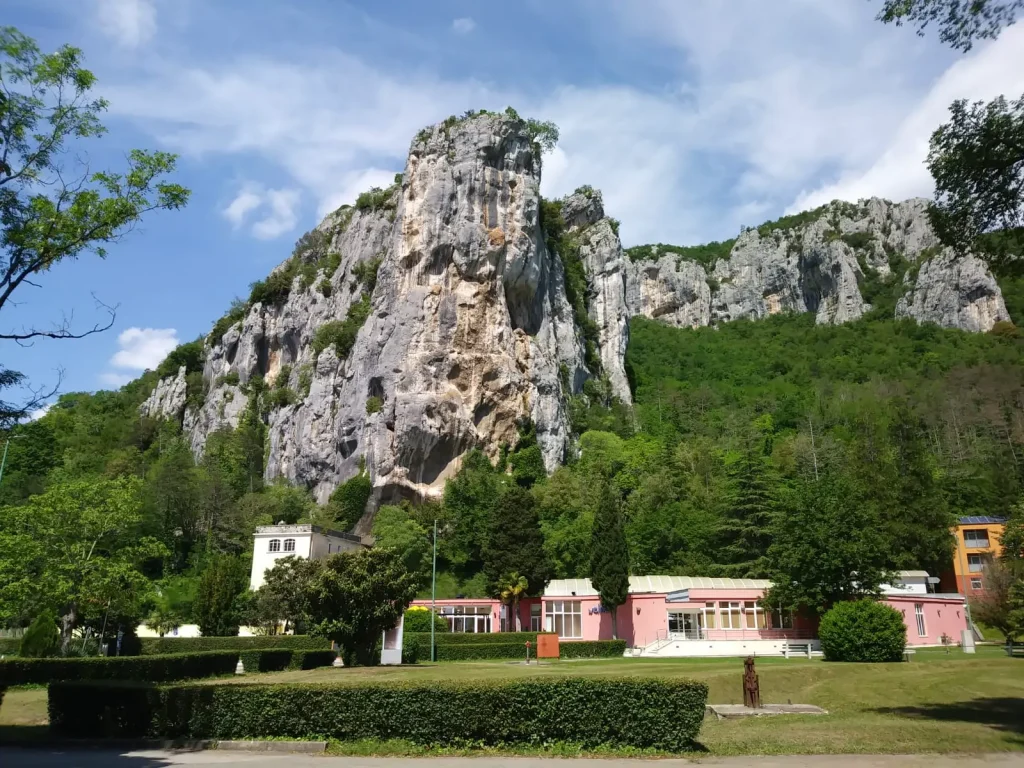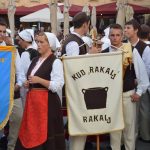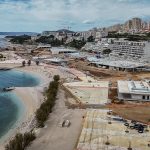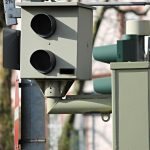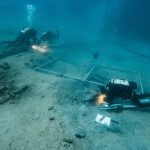‘I’ve approached my new position with a vision to keep developing medical and tourism services that will take us to the top ranks of health tourism in Croatia and beyond. After all, we’re at a location with more than 75 million people living within the radius of 500 kilometres. The resources are there, Istarske Toplice ranks among the top three thermal springs in Europe based on the water quality and its curative properties’, said Mezak.
Business was thriving before the pandemic struck, so much so that the company was about to start an investment cycle in early 2020. And then…
‘We saw a drop from 35,000 overnight stays in 2019 to 10,000 stays in 2020. Last year there was an increase during summer so things were slightly better, but still half as much as in 2019. Energy prices increased, and we had additional expenses because of Covid’, said director Mezak.
‘The state did help us in 2020 and 2021 to some extent, but this year there’s no support for our business segment. We’re in a situation where we have to come up with new business models that will help us get through the crisis’, said the new director, adding that the resort is only booked at 10% of its full capacity at the moment.
As expected, it’s a situation they don’t find satisfactory, but are actively working to turn things around. They are planning short-term activities that are expected to attract more guests, and are modifying some of their packages to highlight their affordability, the quality of their health services and the benefits of visiting a health spa.
‘We will be offering anti-stress packages, as well as post-Covid rehabilitation which is sorely needed these days’, explained Mezak.
Istarske Toplice has a total of 148 hotel rooms, 120 in Hotel Mirna and 20 in Hotel Sv. Stjepan; there are some 250 beds available to resort guests.
So far, domestic guests made up the majority of their visitor count, growing from 55% in 2018 to 78% in 2021. As far as international visitors are concerned, the resort mostly saw guests from Italy and Slovenia who either stay for the weekend, or book one-week or two-week rehabilitation programmes.
The management is now planning to focus more on foreign markets, namely Italy, Slovenia, Austria and Germany.
Another major plan is in the works for the health spa, according to its owner and Chairman of the Board Mirko Kliman.
Named ‘Quality of life +55’, the project would introduce senior housing at the resort, i.e. independent living units for persons over the age of 55. The project is worth 30 million kuna; Kliman is expecting to get EU funding to cover 50-70 percent of the sum, and he will personally finance the other part.
Existing facilities at the resort would thus be partially reconstructed to create the new housing units. Some 100 hotel rooms will be remodelled into 40 apartments, accommodating sixty to seventy tenants who will also have access to other available facilities and services at the resort. According to the owner, they don’t lack interest.
‘When we first started to elaborate the project a few years ago, we conducted a survey and received 114 applications in the span of 15 days, most of which came from Slovenia, Italy, and from Croats living abroad’, said Kliman.
They’ll soon be applying for EU funding and if everything goes according to plan, implementation of the project could begin in late autumn.
‘Quality of life +55’ would enable the tenants to live a carefree life at a quiet location, with access to additional services and facilities at the health spa, such as medical consultations, a thermal pool and a heated pool, a wellness centre, a fitness centre, and more.
Kliman says it’s the only such project in Croatia as far as he’s aware, as this housing concept is still more prevalent in western European countries. ‘It’s a modern approach to growing old’, he says.

